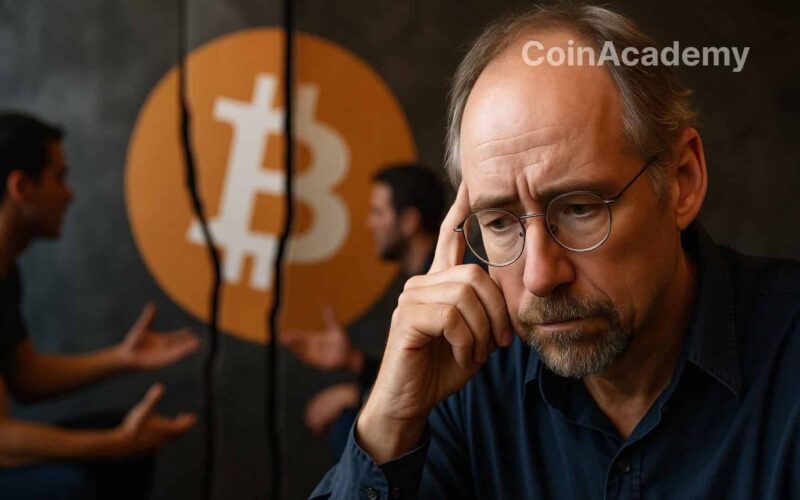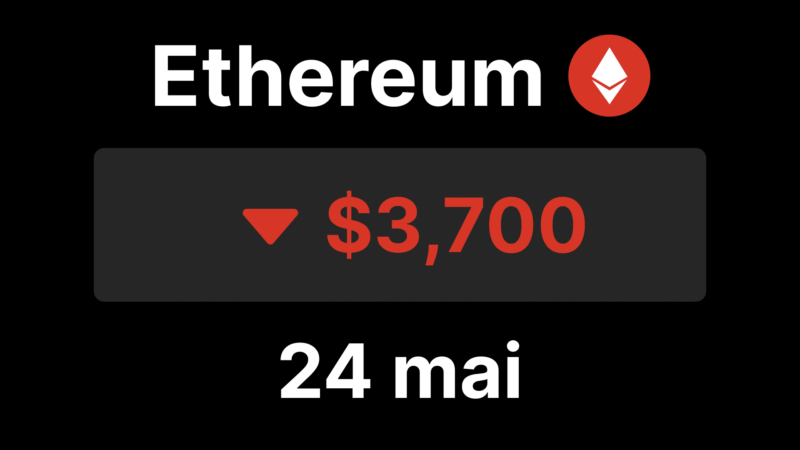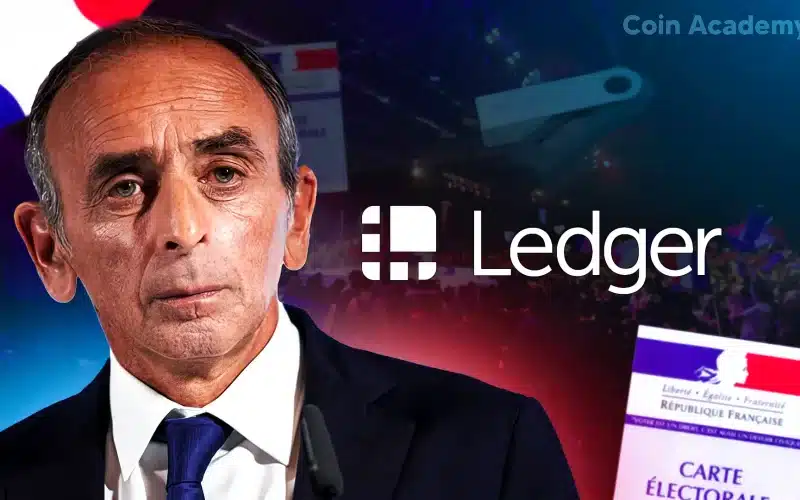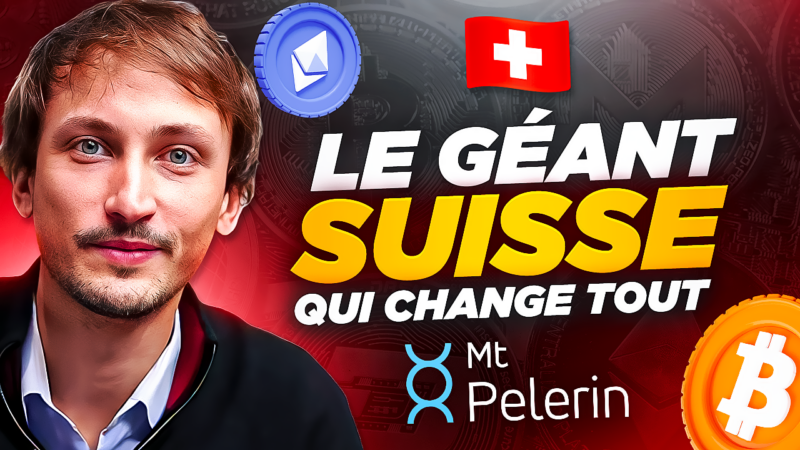Adam Back joins the wave of criticism over image inscriptions on Bitcoin, labeling it as ‘JPEG spam,’ accusing these practices of diverting Bitcoin from its monetary mission and providing minimal benefit to miners.
The original mission of Bitcoin under question
Adam Back, a historical figure in Bitcoin and CEO of Blockstream, has reignited a heated debate on images directly inscribed on the blockchain. For him, this ‘JPEG spam’ diverts Bitcoin from its primary monetary mission. And the numbers are staggering. Since May, the number of images engraved via Ordinals and Taproot has increased from 88 to 105 million, a 20% rise. The associated fees amount to 7,000 BTC, approximately $777 million at the current rate.
According to Back, this influx of images barely benefits miners: around 0.1% of their revenue. However, it reinforces the notion that Bitcoin is becoming a playground for speculators, risking increasing costs for regular users and muddying its image as ‘digital money.’
Questioning the original mission of Bitcoin
For Back, Bitcoin is ‘a common good of humanity’. Developers are the guardians, but it’s the users who decide. A principle already validated during the blocksize wars between 2015 and 2017, when economic pressure from users slowed down miners’ attempts to modify the protocol.
However, with image inscriptions, Back believes that the community is drifting away from this social contract. Supporters of Ordinals argue that a permissionless blockchain must accept all uses, as long as fees are paid. Especially since these fees are an additional source of income for miners, whose rewards decrease every four years with the halving.
But for Back, the equation is skewed: too little economic benefit and a massive risk for global adoption of Bitcoin as a currency.
A divided community
This confrontation deeply divides the ecosystem. On one side, advocates of absolute freedom, who believe Bitcoin should remain neutral towards its uses. On the other, the ‘purists’ led by Adam Back, who denounce wasteful use of space and a weakening of the monetary value proposition.
Back has even mentioned radical solutions: convincing mining pools to reject certain transactions or developing tools to direct fees towards ‘clean’ blocks. Options that are concerning, as they could introduce a form of censorship incompatible with the spirit of decentralization.
Bitcoin Knots gaining traction
This debate comes as another front opens: the rise of Bitcoin Knots. This alternative client, derived from Bitcoin Core but more flexible, now represents 19% of active nodes. A record indicating a growing desire for technical diversity and experimentation.
The recent release of Bitcoin Core 29.1 has fueled this trend. Some controversial decisions on transaction policies are pushing parts of the community towards Knots. For its supporters, this alternative strengthens the network’s resilience by increasing implementations. But others fear fragmentation that could weaken consensus and therefore Bitcoin’s security.
A network at a crossroads
Between debates on ‘JPEGs’ and the rise of Knots, Bitcoin is going through a turbulent phase. Its model’s strength lies in the diversity of actors, but also in the unity of its mission: to become the most reliable and decentralized monetary infrastructure in the world.
The question is now clear: Can Bitcoin remain universal while absorbing experimental uses and alternative clients? Or does it risk losing its course in technical and ideological fragmentation?




